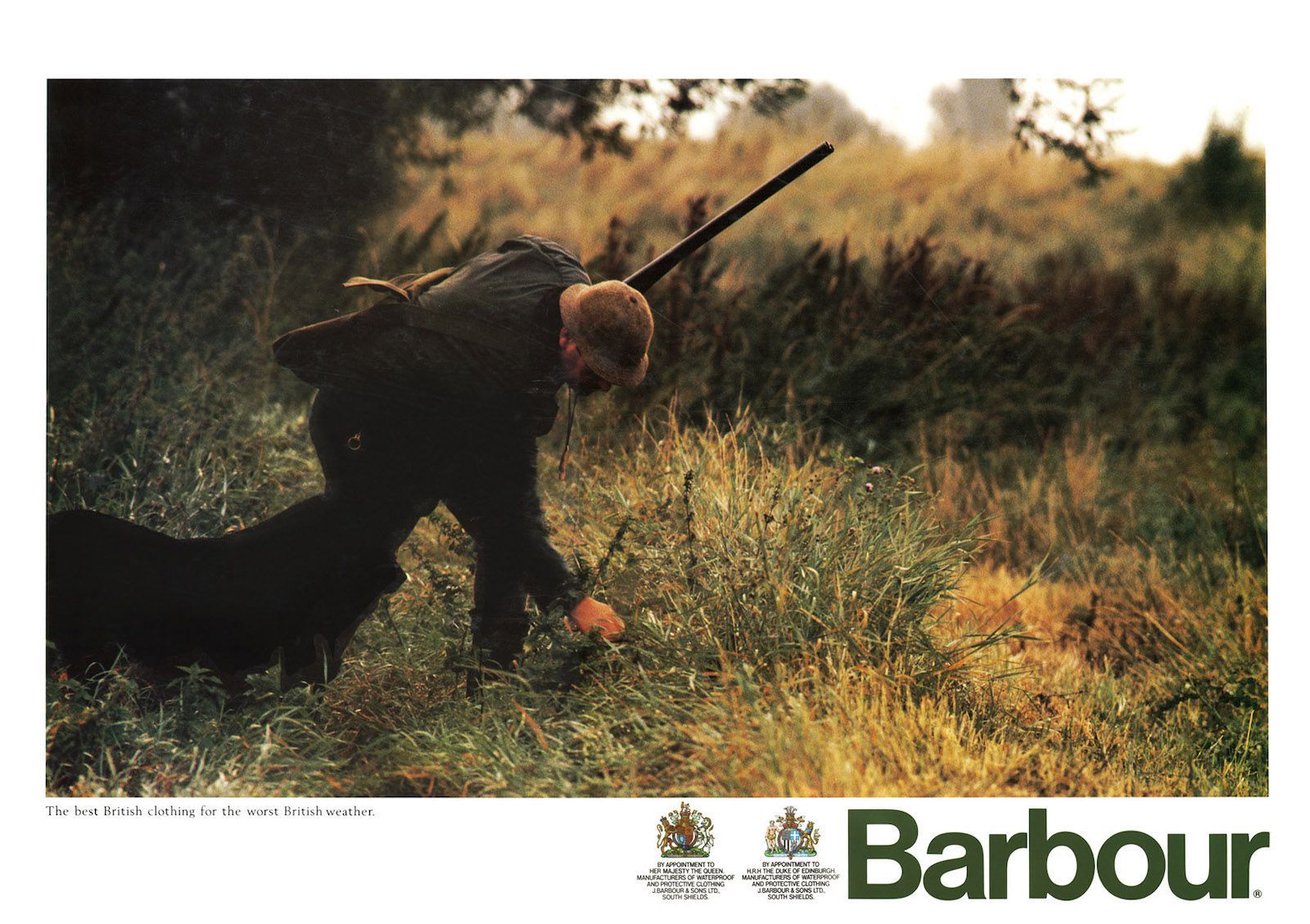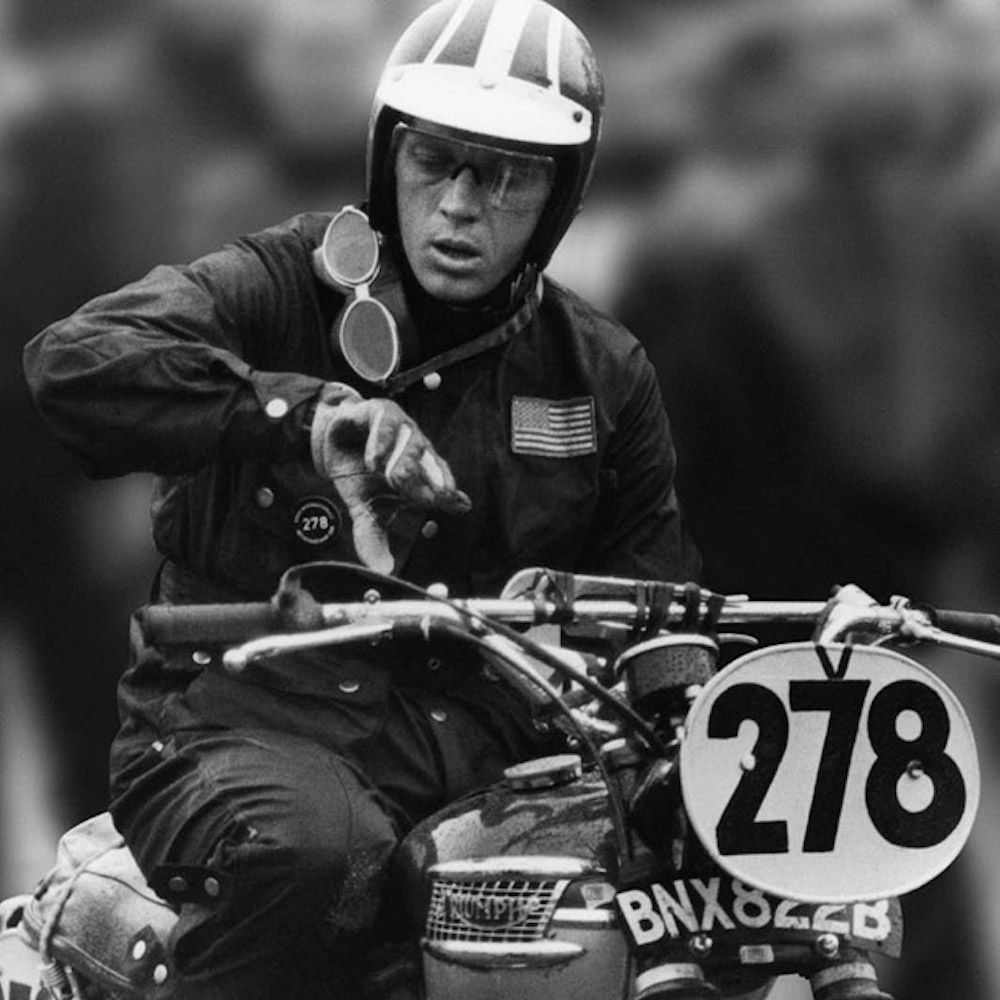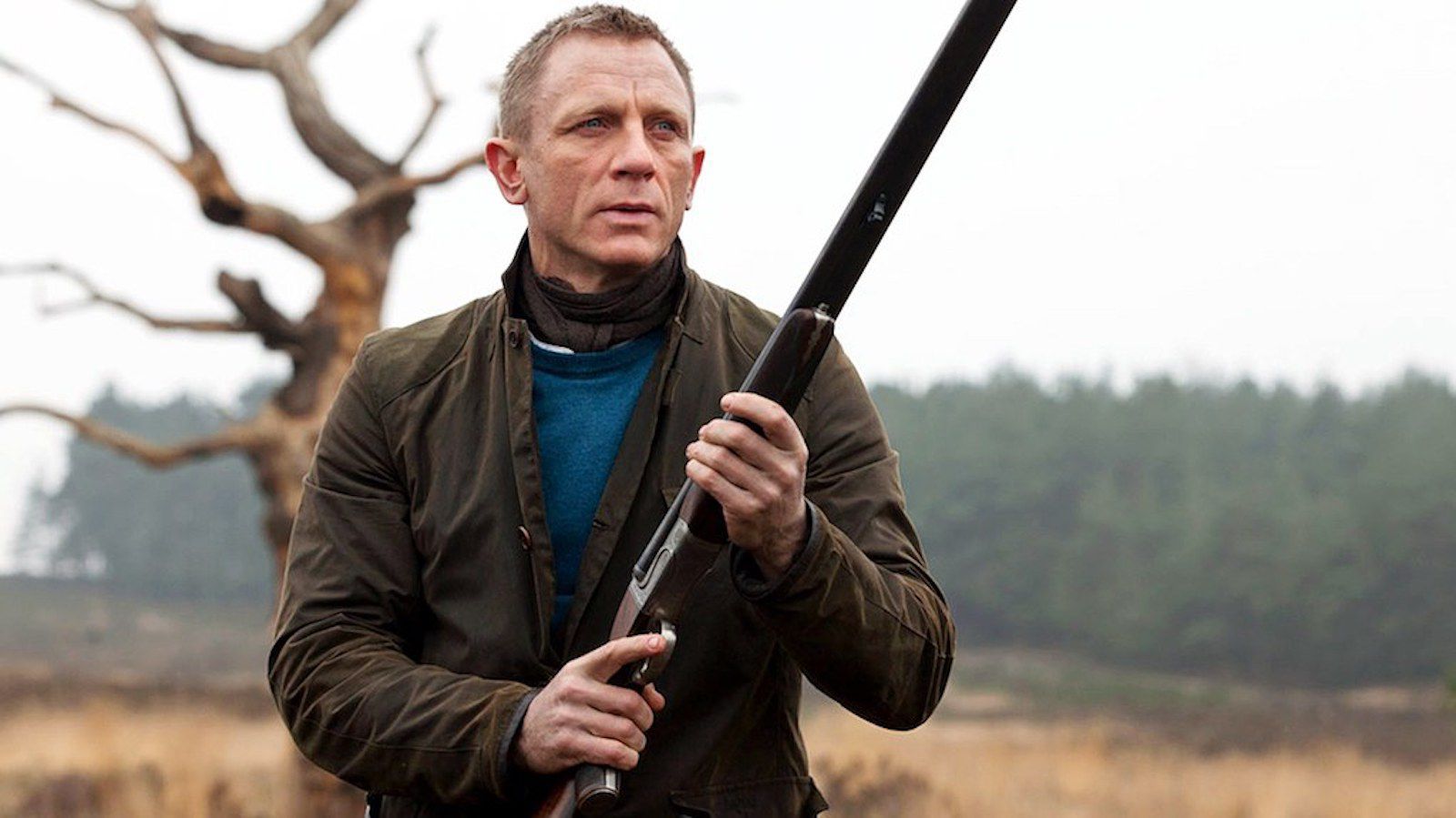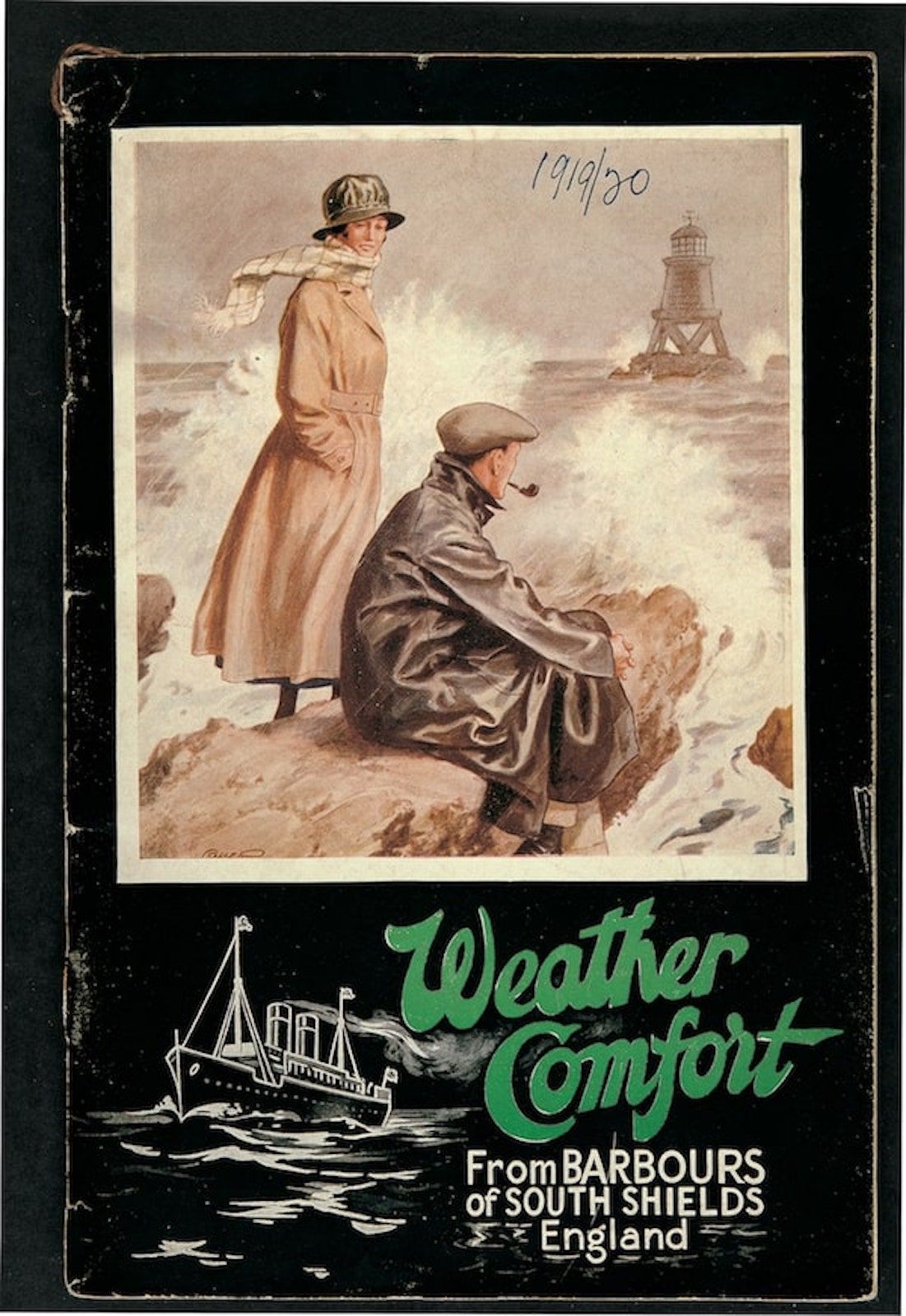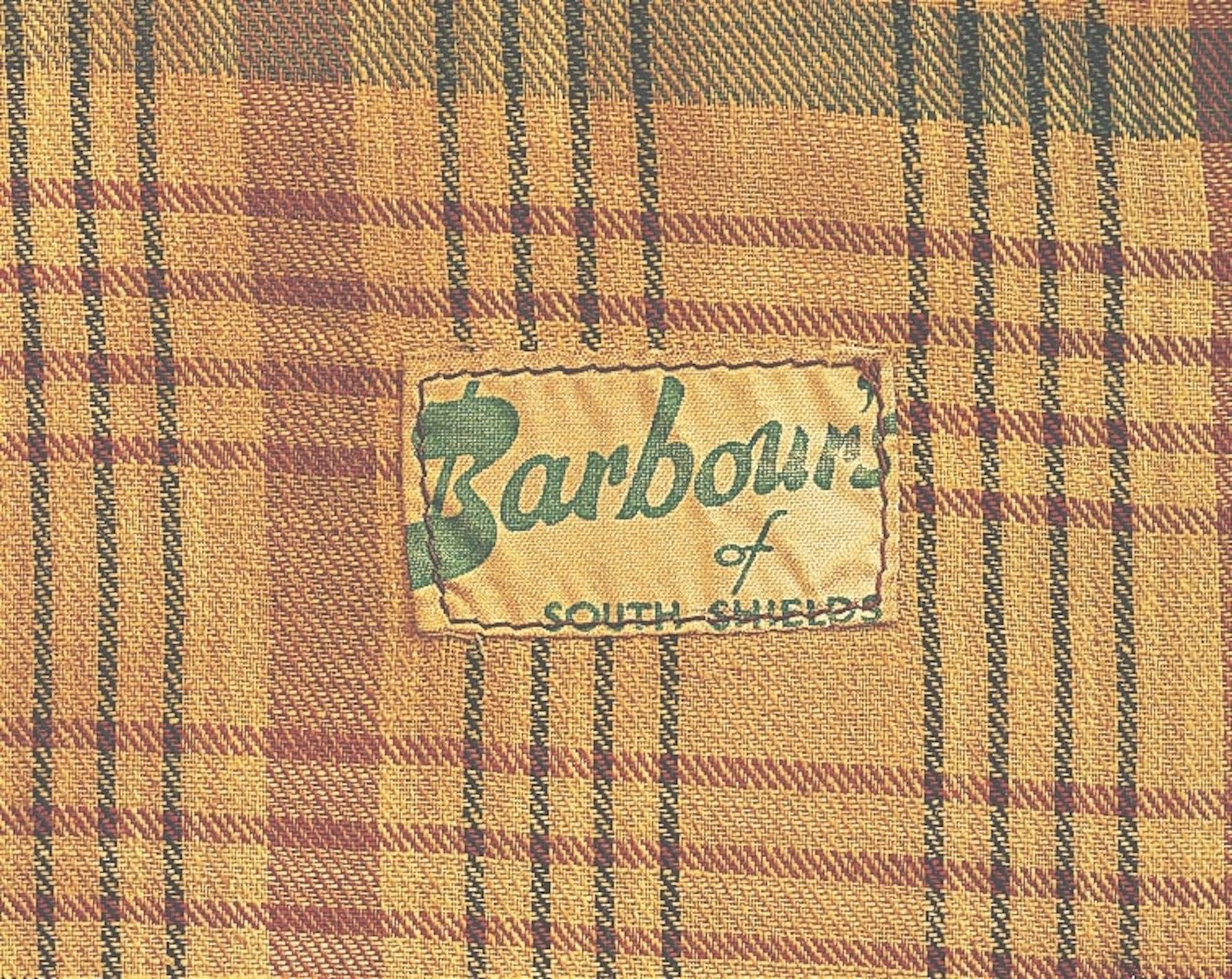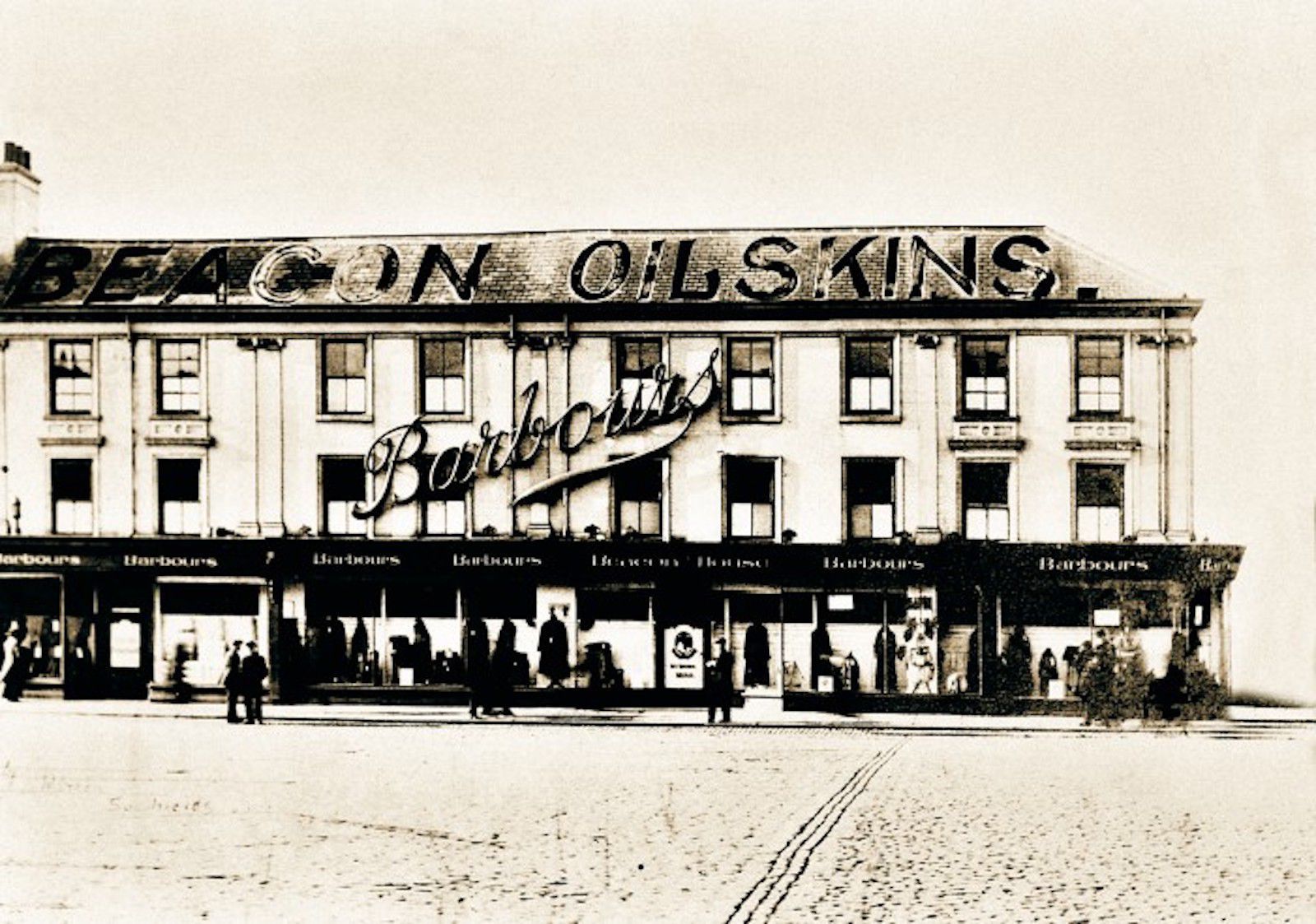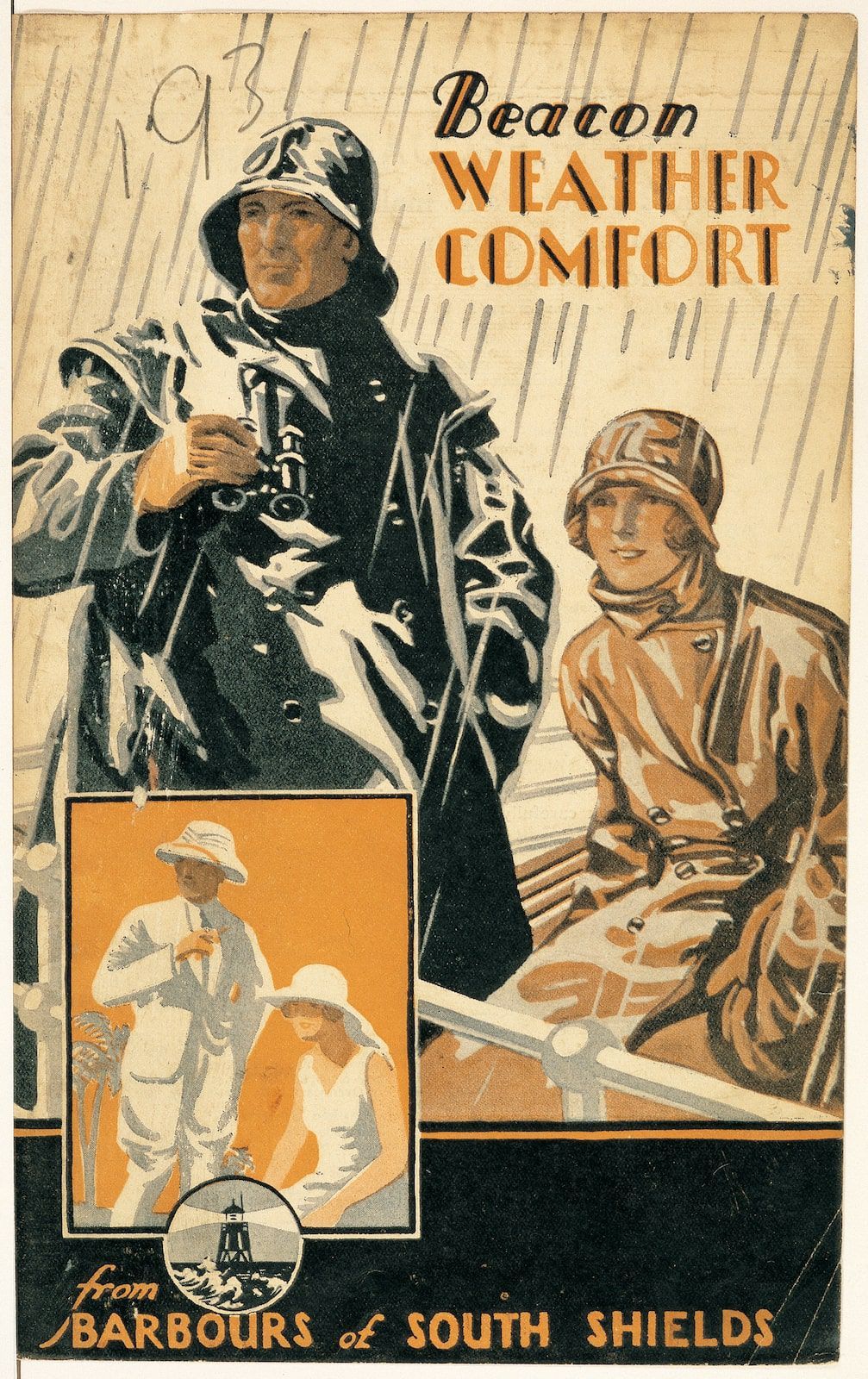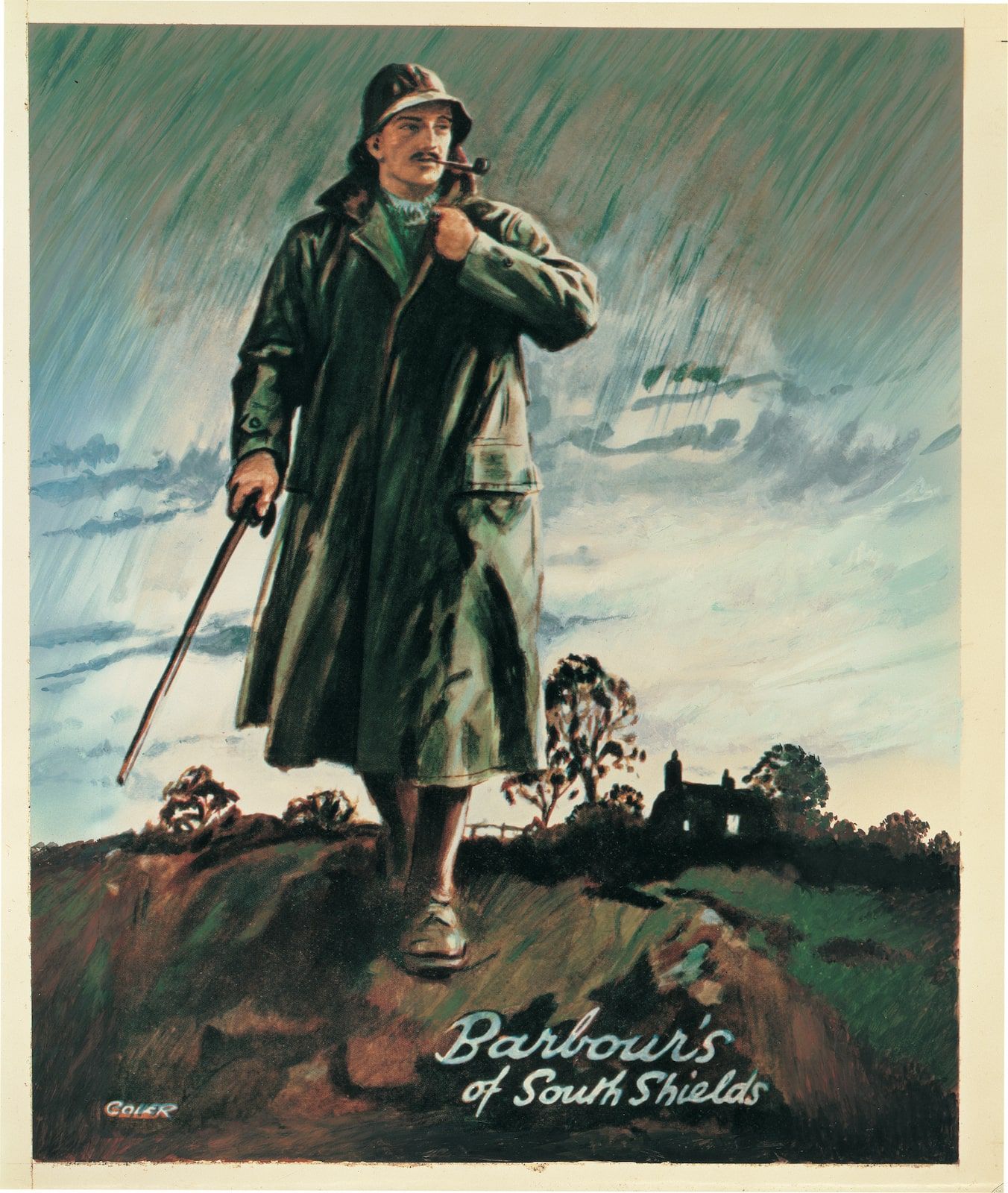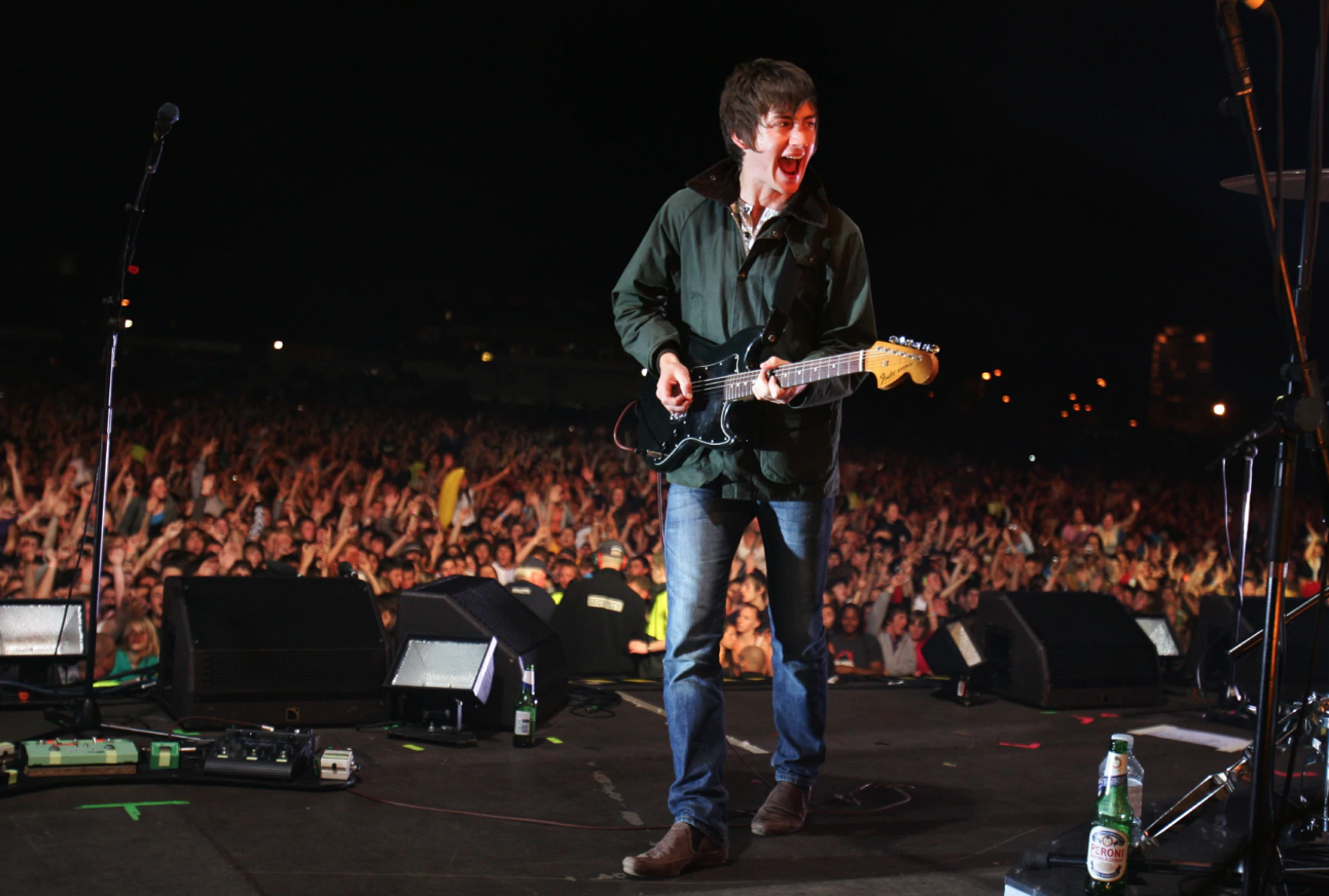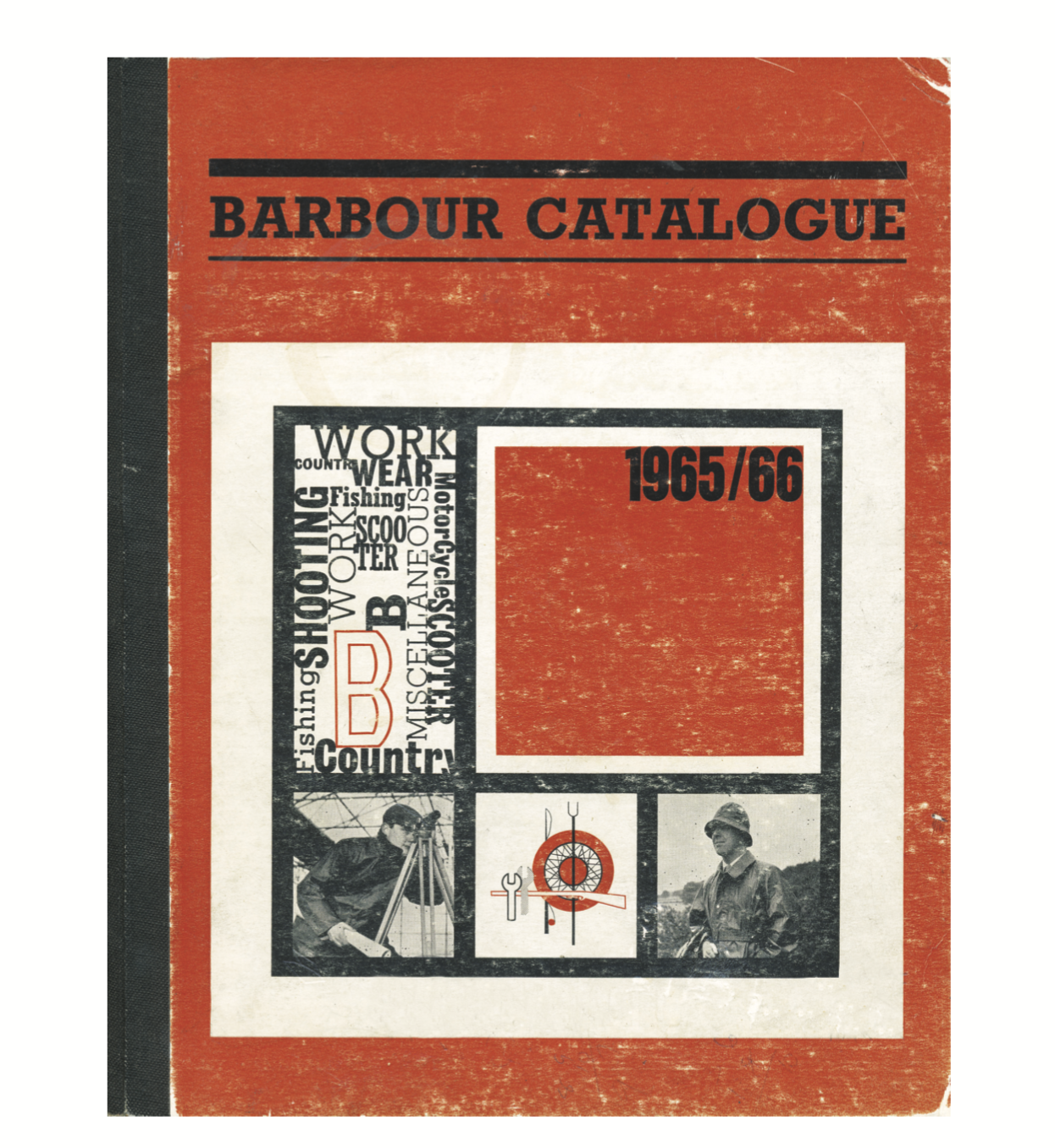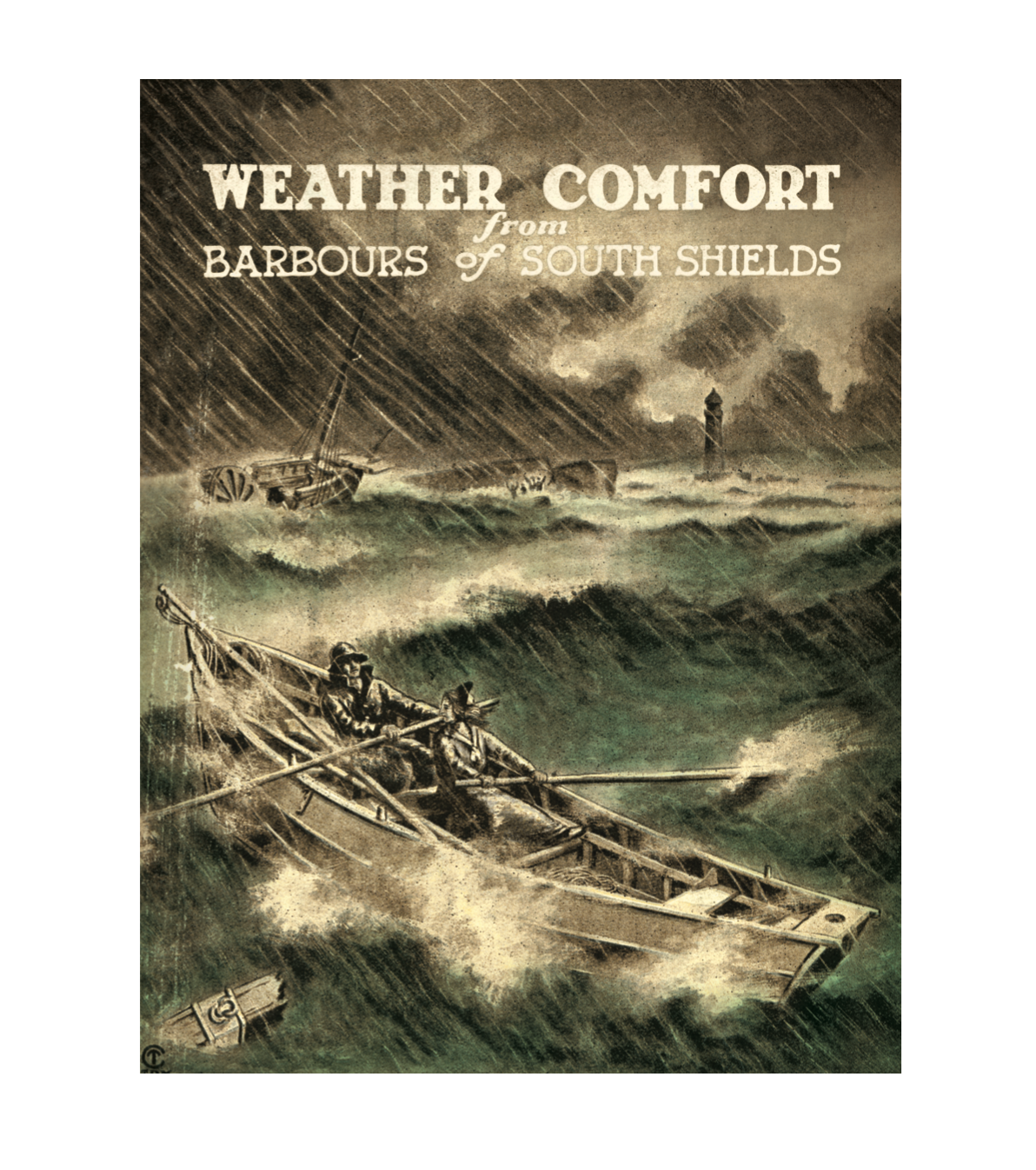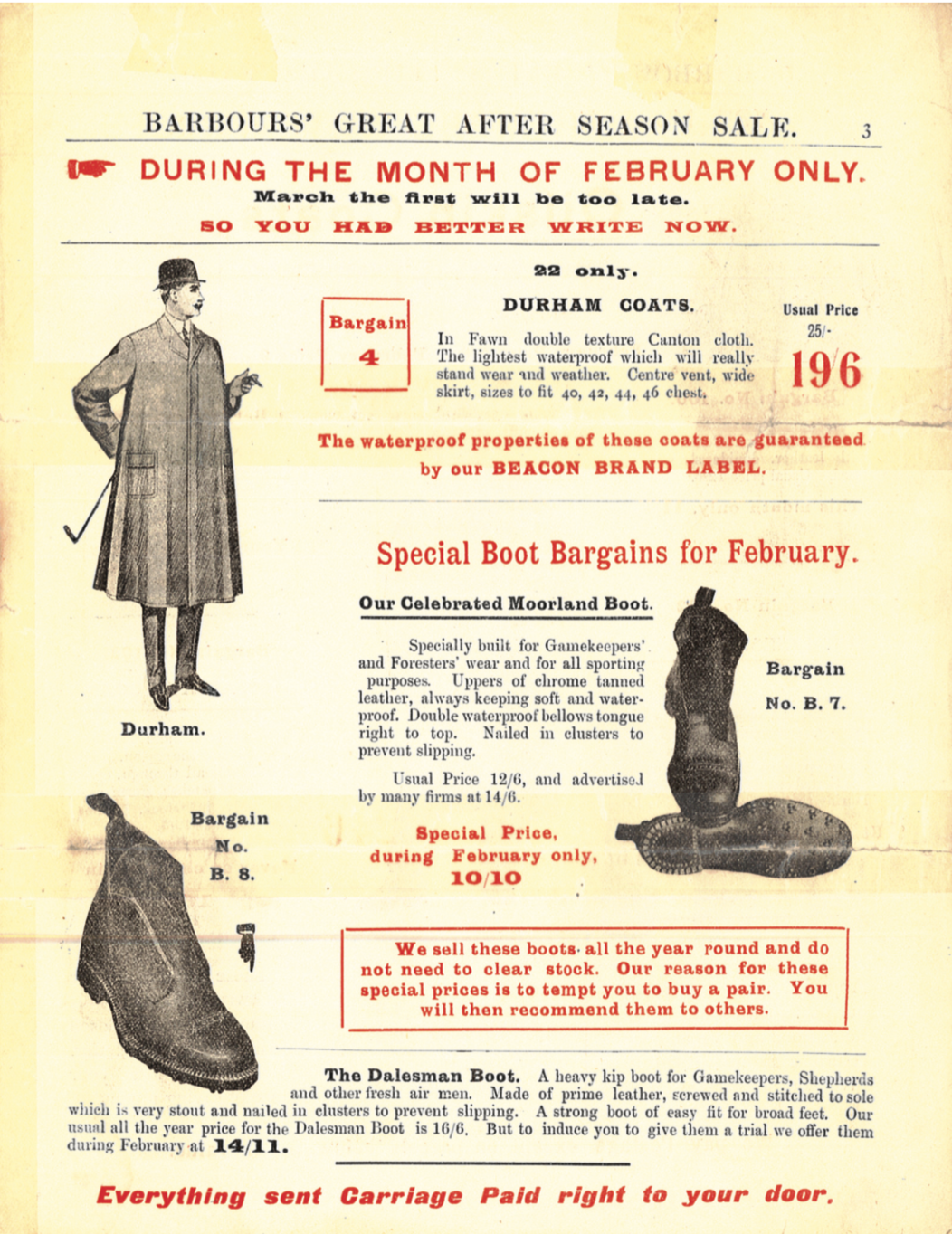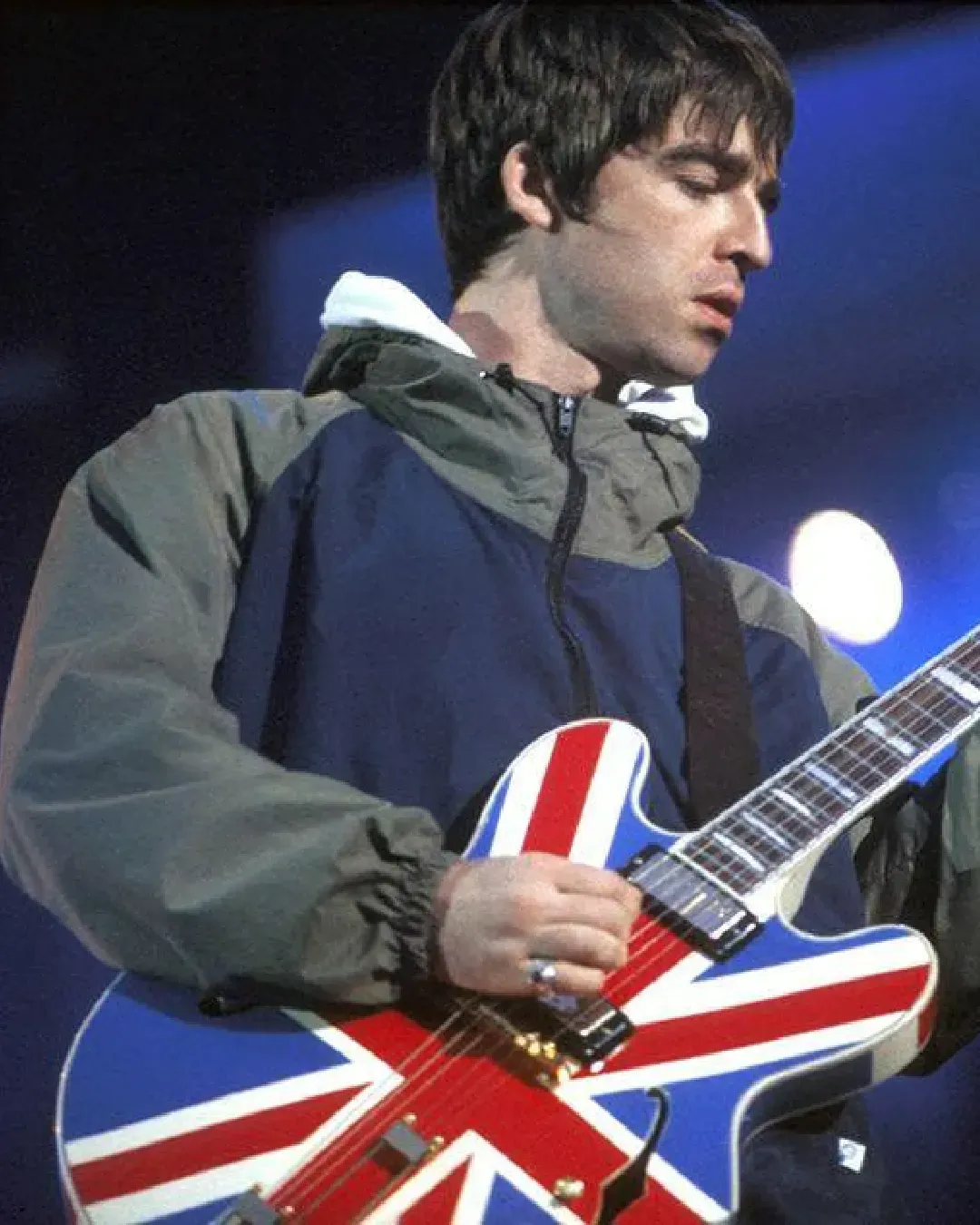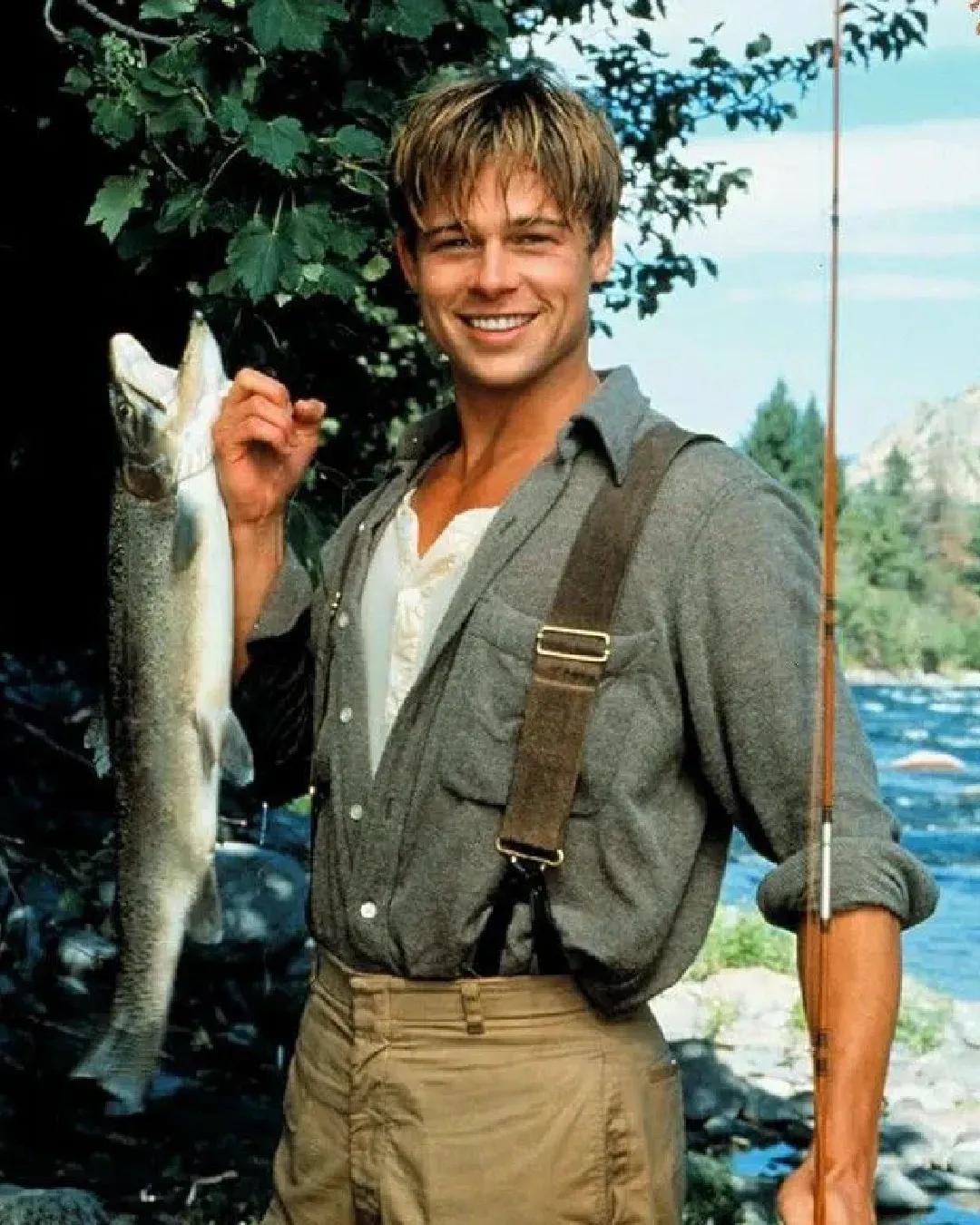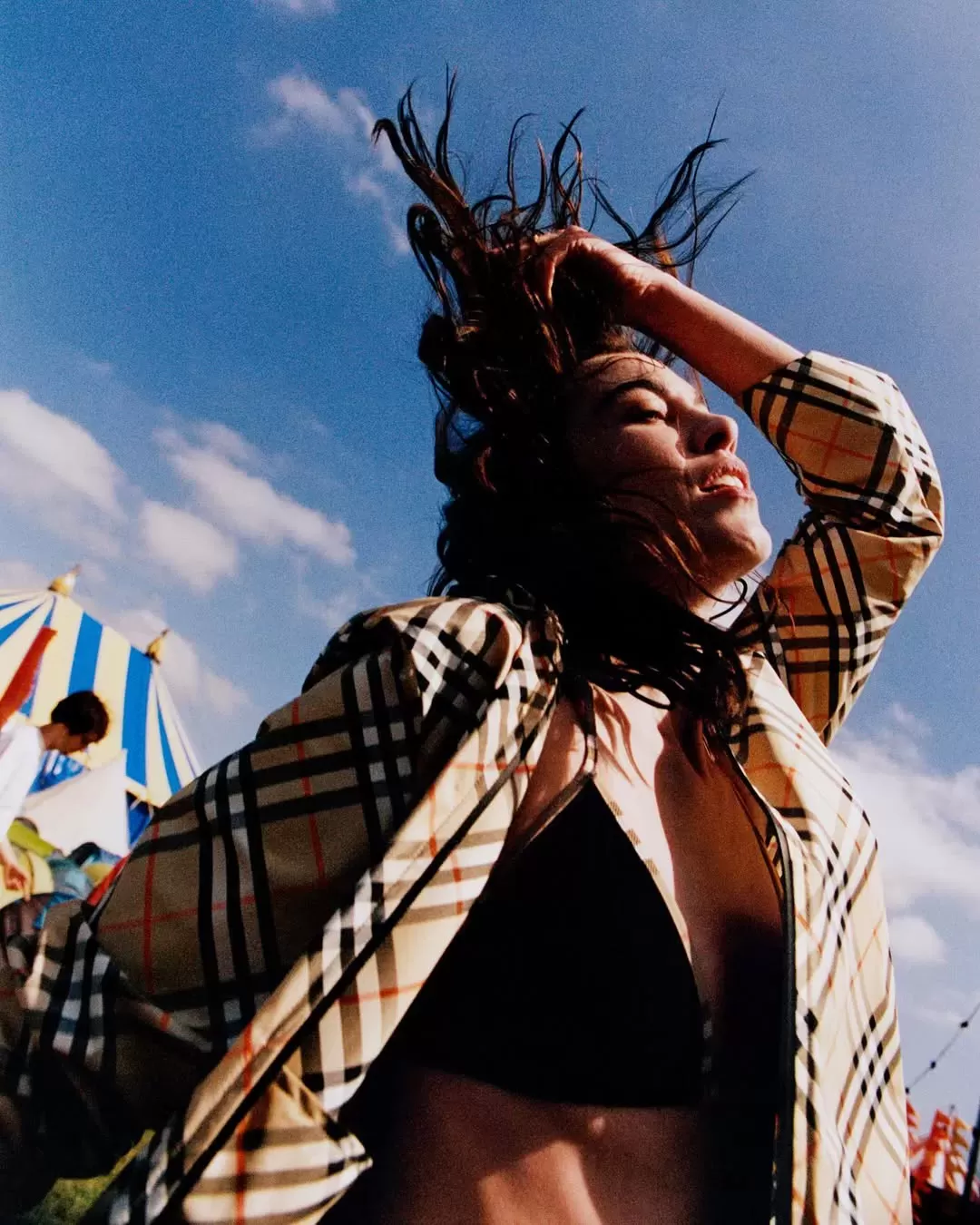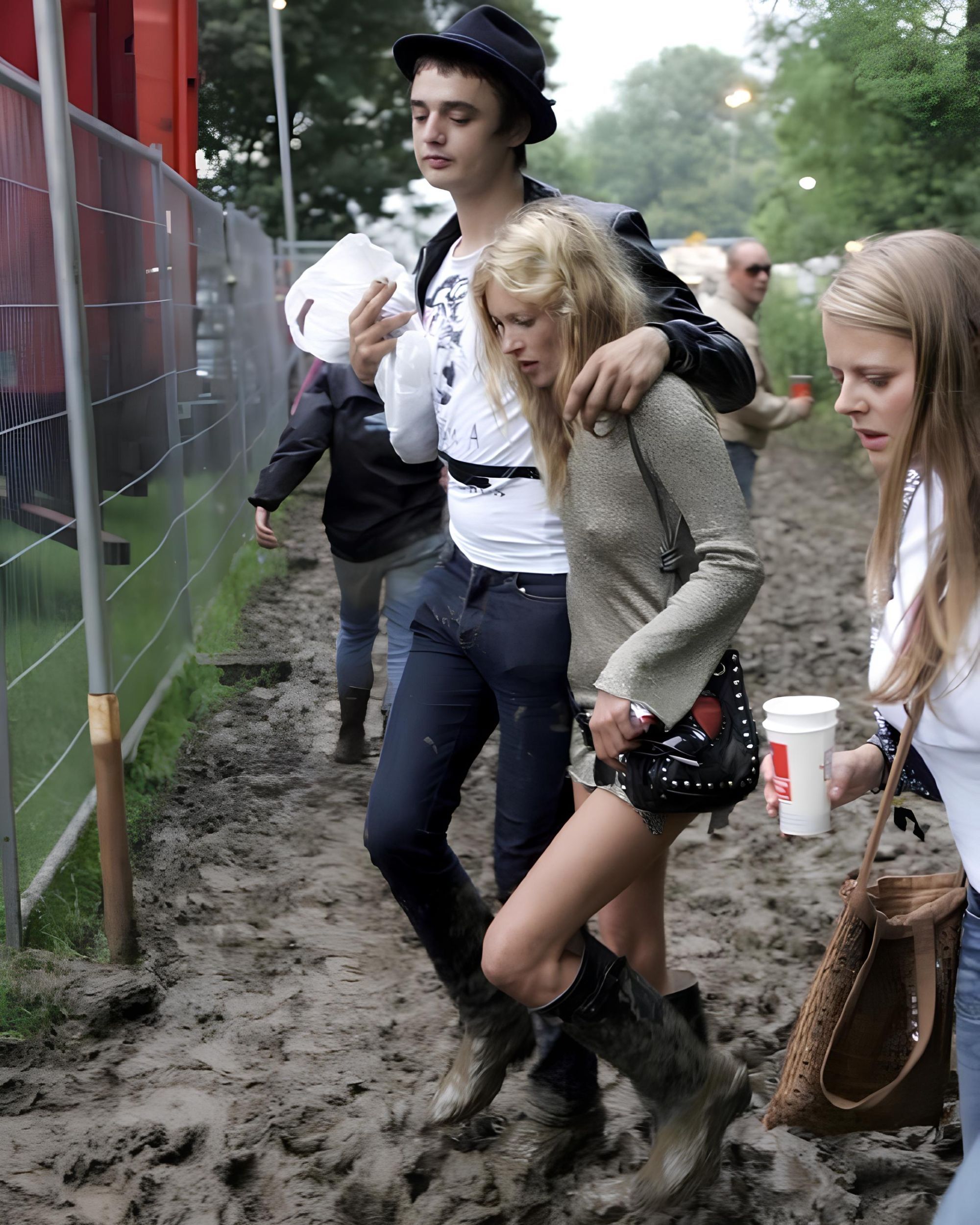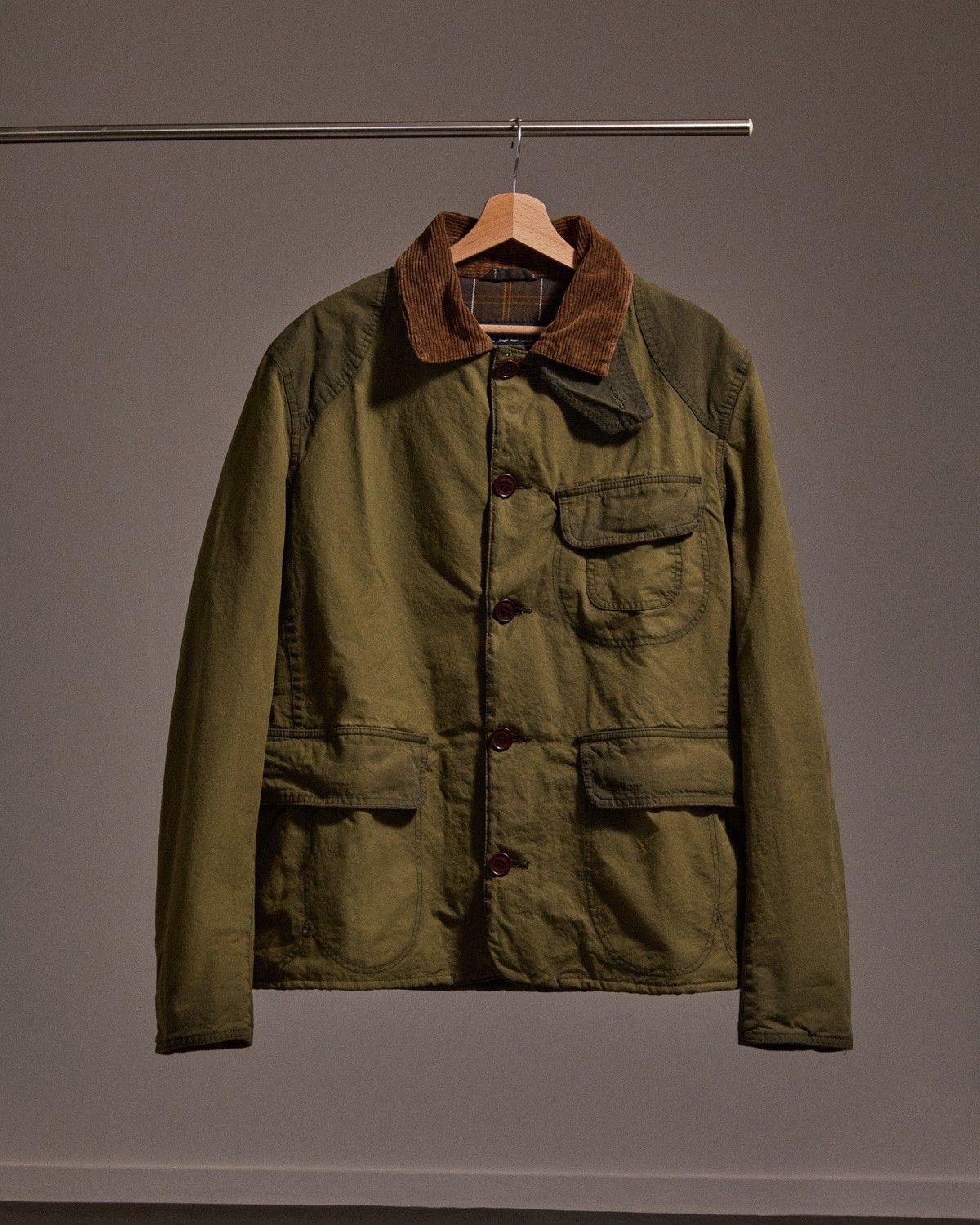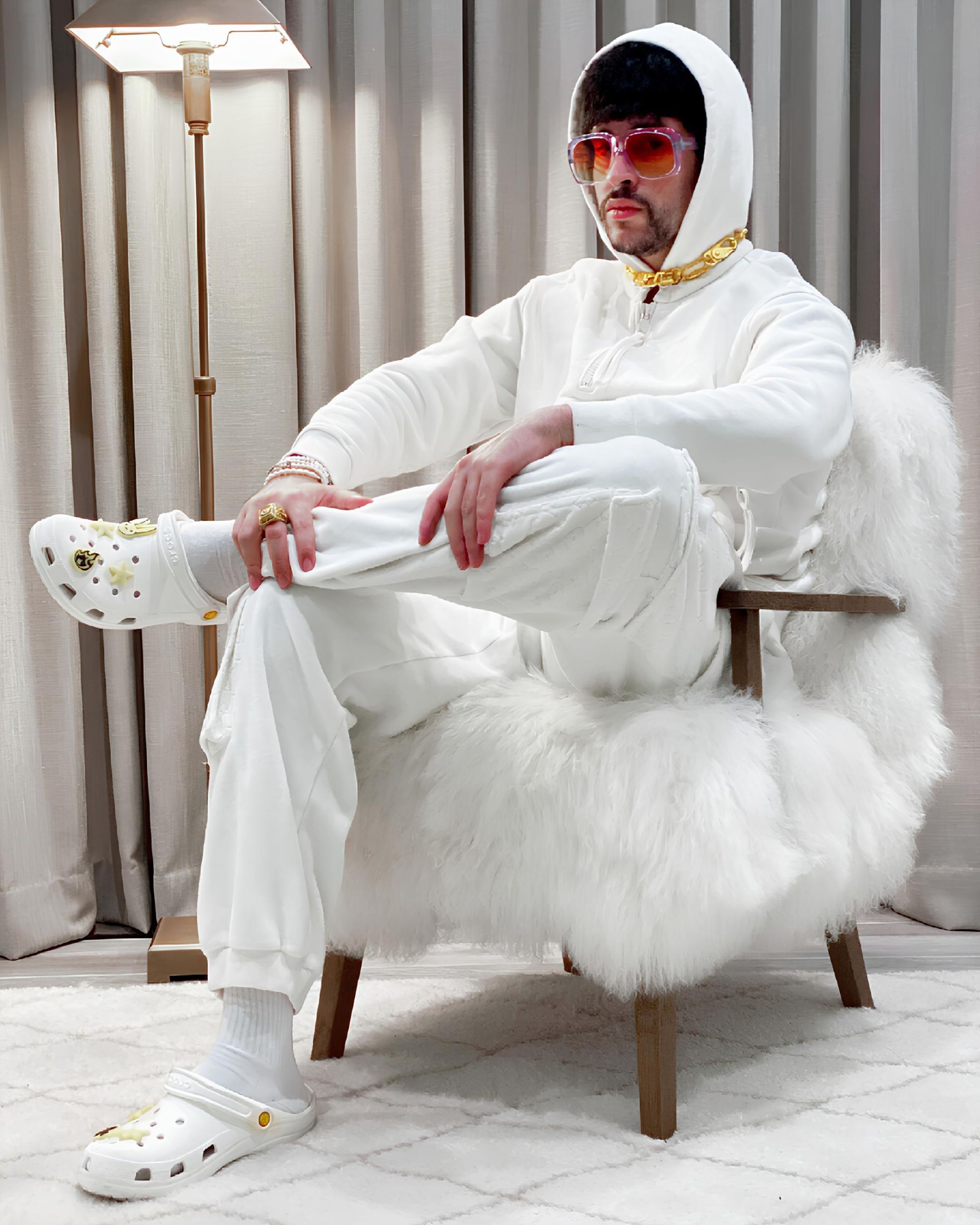
Barbour: the brand for sailors and Queens How a waxed jacket has changed English fashion
In the first Barbour catalog published in 1908, the new figure of an English man appears on the cover, facing the rain with a security that is attributed only to those who are used to living in that range of geographical coordinates. The waxed coat down to the feet and the slightly turned-up hat are flanked by keywords, which have accompanied the brand's history for 125 years: hunting, fishing, country, workwear.
These categories would be enough to describe the casual style of Barbour and the borders within which it managed to invent the idea of a British sports style, laying the foundations for a variation with respect to the taste spread by Savile Row, the London street of the great English tailors.
From the tarpaulins for sailors of the early 1900s, to the jackets of the riders of the 30s up to the British youth cultures of Mods and Punk, Barbour is synonymous with a practical elegance of the countryside and ideals of freedom and decorum that made England, at the beginning of the 20th century, an example of style and culture.
From the early 80s, WP Lavori In Corso is the exclusive distributor for Italy of the brand, sold both in the WP Store and in the Barbour Stores in Milan, Rome, and Bologna. The more than 120,000 jackets sold per year in 40 countries around the world confirm the myth of Barbour even after five generations, which redesigns the idea of a timeless product only through calculated variations and an approach increasingly focused on sustainability.
Form follows function
John Barbour founded the eponymous brand in South Shields in 1894, at the turn of the industrial revolution, when the textile and metallurgical sectors were the two strong points of the British economy. The main activity was to supply waxed clothing to sailors, which protected them during shipments and in the same way allowed them to keep maps and travel items in the completely waterproof inner pockets. Rain protection will remain for a long time the main success factor of the brand, summarized in the slogan used for the advertisements "The best British clothing for the worst British Weather". The coastal style garments - initially sold as Beacon - over the years have been reinterpreted in a more contemporary way, keeping the timeless details like the corduroy collar or the tartan lining. The imperfections dictated by the processing and the smell of game fabrics will remain over time, perfectly describing the humidity and atmosphere of the county of Tyne and Wear in the North-East of England.
Malcom Barbour, the grandson who spread the 1908 catalog around the United Kingdom, had a passion for journalism, which probably led to the adoption of an advertising communication full of detailed information and slogans such as "Wheather Comfort", a plus compared to the standards of the time. This mentality led Barbour to be simple support to a real brand, which exceeded the threshold of the only climatic resilience to give the products aesthetic qualities essential to open up to the fashion market.
The constant search for travel-related issues stands out in the intentions of the style adopted by many brands that prefer to concentrate the strength of the message on the product. Doing so Barbour has created an emotional relationship with his customers, accustoming to an imaginary of experiences far from those of the Parisian upper-class salons, still addressed to an extreme luxury fashion.
With brands such as Barbour, McIntosh, Aquascutum changes the status of the object En Plein Air, which acquires an innovative beauty in the eyes of the historically accepted elegance lovers until the early 1930s.
Barbour represented an excellent balance between these concepts and consequently began to be perceived also as a style phenomenon. Just around the middle of the 30s a new type of fabric was introduced, Thornproof (literally thorn-proof), less rigid than oilskin but much more resistant and pleasant to wear.
The brand founded by John Barbour, who was not only a farsighted trader, became one of the fathers of that useful fashion, observant to the practical sense and the ideals of beauty and classicism that at the time could not be considered renounceable.
Six days of Barbour
The widespread popular passion for the Brit-pop style meant that Barbour tied to the ideas that from the 50s onwards will change the way of living and understanding youth rebellion and freedom of expression. Along with other casual and heritage brands like Baracuta, Barbour became the symbol of a prolific movement in music and cinema, which involved great icons like Steve McQueen.
In 1964 "the king of cool" participated as a driver of the US national team in the International Six Days of Trial motorcycle race, and could not have done it in any other way than with an International Jacket by Barbour, a model designed only for races and strongly wanted by John's nephew, a great motor enthusiast. The charm of the Hollywood star and the epic of the rough rider created a short circuit that inaugurated the season of the consecration for Barbour, surpassing in the motorcycle sector also the rival Belstaff.
Cinema, the place in which icons acquire a timeless aura, has made extensive use of Barbour jackets. In recent years, in addition to the 007 agents starred by Daniel Craig in Skyfall, also Ridley Scott, director of Alien, The Gladiator, Blade Runner, collaborated in the creation of a Director's Jacket for the 125th anniversary of the South Shield Beacon Oilsink factory.
It's difficult to judge the weight of a brand that carries such a load of suggestions, however, the history of Barbour must be recognized in its ability to incarnate, without departing from it, an attitude that goes beyond any time limit, from the countryside of Wales to the stage of Glastonbury.
Even in the SS20 Barbour collection, it preserves the neo-preppy style, a symbol of still vintage elegance, in the wisest and most authentic meaning of the term, unassailable by advanced lighter fashions and easier to control. Barbour plays on another level than the one occupied by sportswear, it represents the distinctly English elegance of men and women who prefer and still defend the figure of the gentleman farmer in shirt and knitwear.
Also Buckingham Palace honored Barbour with 3 Royal Warrants, the highest award given by the Queen for the most exclusive suppliers of the royal house. If Queen Elizabeth II, like Carlo and the other members of the royal family, on many occasions have worn Barbour, it means that the leaders of the brand have a different nature, that they do not owe their success to what we now call fashion marketing or to the narratives that it uses to decree merits and values.










































